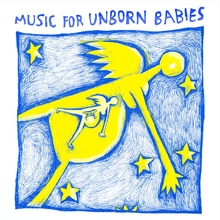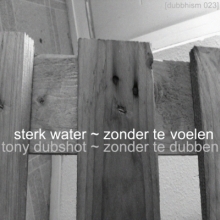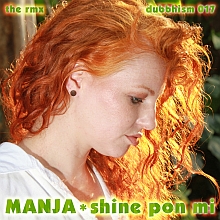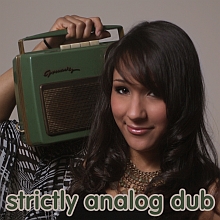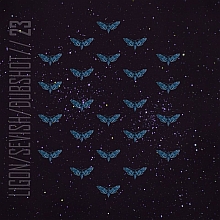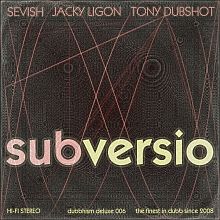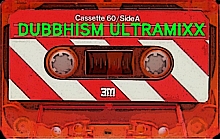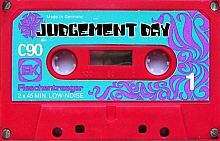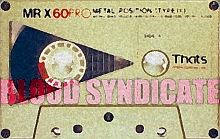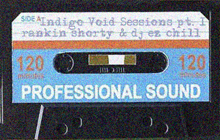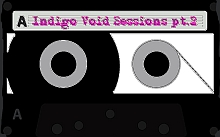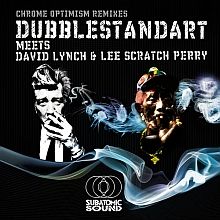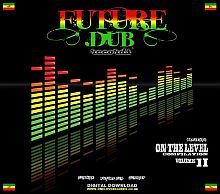
On the negative side
The BeatStep Pro is a promising musical tool. It's quite easy to learn, but it's brain is not yet perfect. For example, the interactions between the settings of the center pitch for sequencer transposition and the 0V MIDI note are far from obvious. This is confusing when you're trying to get the octave settings right for the oscillators.
The randomness/probability-function is ok, but it would be better if you could specify the type of randomness (pitch, velocity, step). Right now you get them all at the same time, which is not always useful.
Another thing is the power source: you get a USB-cable and you're expected to bring your own 'iPad power source' if you don't want to power up the BeatStep Pro via a computer. That's not very nice.
And if you check out the BeatStep Pro Forum on the Arturia website, you'll find that certain people have very strong opinions about various other software improvements. Some of the most requested updates would be an autosave function for patterns, nudging the first step of a pattern, stepping through patterns without losing sync and pattern chaining, and we even saw a microtuning request, which we endorse!
Beyond the obvious
The biggest 'challenge' however isn't learning to handle the BeatStep Pro. It's far more difficult to use a classic tool in new ways. Yes, you can hook up two 303 filters and do the acid thing but hey, it's 2015!
Fortunately, the design of the BeatStep Pro makes it possible to do interesting tricks. Mainly because the settings of sequencer 1 and sequencer 2 are completely independent. For example, sequencer 1 can play a long complicated 64-step melody with certain swing and randomness settings, while sequencer 2 does a short loop that has ~ say ~ 6 steps instead of 16 and a completely different rhythmic feel.
It's also possible to mess with the output signals. You could switch the pitch/velocity/gate of sequencer 1 and 2 for example. The Drum sequencer could spit out gates that tell a voltage controlled switch when to do this. Or you could feed two pitch-cv's to a fancy buffered multiple like the Doepfer A-185-2 and start messing with variations on the pitches of sequencer 1 and 2.
The Drum sequencer can also trigger structural events like a bridge or chorus, which is interesting, but this would have been a lot easier if the clock output wouldn't change along with a change of the Drum sequencer time division. Right now it's not easy to make relatively long drum patterns. Anyway... there's already a long thread on the Arturia forum with new feature requests :-)


